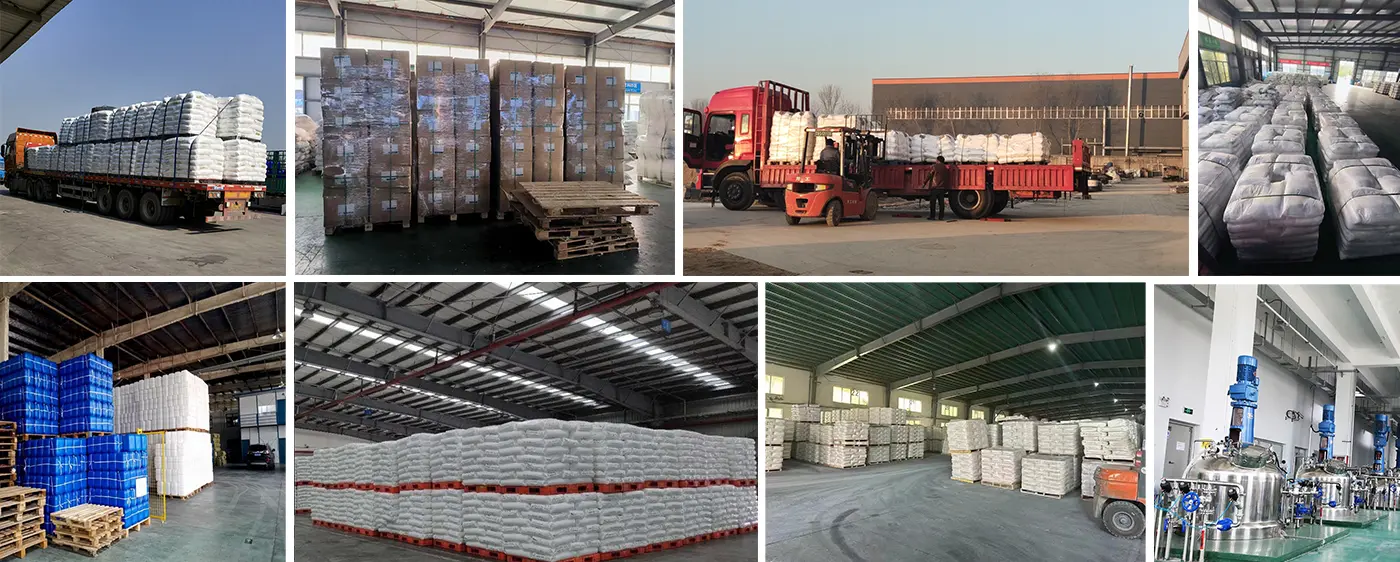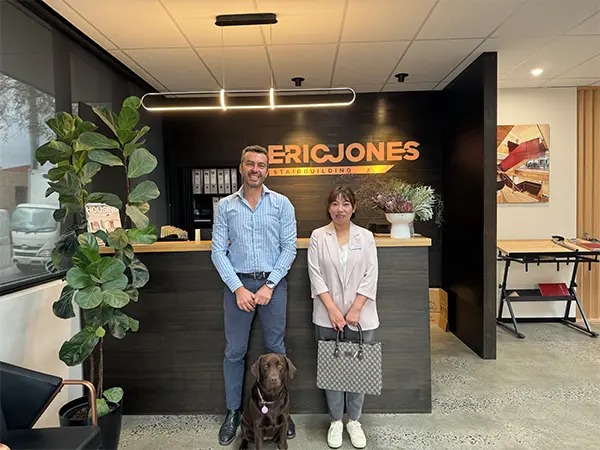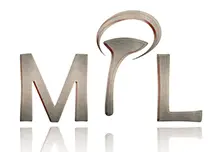





Urea 46
Urea is an important nitrogen fertilizer of high quality and high efficiency. At the end of the First World War, Germany began to use urea as fertilizer. Practice has proved that urea has a high nitrogen content and no side components, and has shown a good yield increase effect on all crops. After the 1950s, it has become the focus of the development of nitrogen fertilizer varieties, in the 15 years from 1960 to 1975, the global urea production increased by 10.5 times, and from the 1970s gradually replaced ammonium nitrate and became the most applied nitrogen fertilizer varieties in the world. After urea is applied to the soil, a small part is absorbed by plants in the form of amide, most of it is ammoniated under the action of urease, converted into ammonia, and then absorbed by plants, the decomposition rate depends on the soil quality, temperature and water content, generally in 3 to 10 days, so urea fertilizer efficiency is longer than other nitrogen fertilizers, nitrogen loss is also less. Urea is an ideal fertilizer for topdressing outside the root, because it does not contain harmful ingredients to crops, is neutral, does not burn stems and leaves, has strong hygroscopic properties, and is easy to penetrate into the leaves with water and is quickly absorbed by crops.
Key words:
Fertilizer
Classification:
- Product Description
-
- Commodity name: Urea 46
Urea is an important nitrogen fertilizer of high quality and high efficiency. At the end of the First World War, Germany began to use urea as fertilizer. Practice has proved that urea has a high nitrogen content and no side components, and has shown a good yield increase effect on all crops. After the 1950s, it has become the focus of the development of nitrogen fertilizer varieties, in the 15 years from 1960 to 1975, the global urea production increased by 10.5 times, and from the 1970s gradually replaced ammonium nitrate and became the most applied nitrogen fertilizer varieties in the world. After urea is applied to the soil, a small part is absorbed by plants in the form of amide, most of it is ammoniated under the action of urease, converted into ammonia, and then absorbed by plants, the decomposition rate depends on the soil quality, temperature and water content, generally in 3 to 10 days, so urea fertilizer efficiency is longer than other nitrogen fertilizers, nitrogen loss is also less. Urea is an ideal fertilizer for topdressing outside the root, because it does not contain harmful ingredients to crops, is neutral, does not burn stems and leaves, has strong hygroscopic properties, and is easy to penetrate into the leaves with water and is quickly absorbed by crops.
Urea 46,cas 57-13-6;MF:CH4N2O
1.Classification:Automotive/Vehicle urea, Marine/ship urea, liquid urea
2.Physical and chemical properties:
Colorless crystal. Soluble in water, ethanol and benzene, almost insoluble in ether and chloroform.Urea, also known as urea or carbamide, is an end product of protein metabolism in humans and mammals, and is also a major organic nitride excreted by animals. Pure products are white granular or acicular, prismatic crystals, mixed with iron and other heavy metals are light red or yellow. Tasteless and odorless, soluble in water, ethanol and benzene, insoluble in ether and chloroform. At 0℃, 100 kg of water can dissolve 105 kg of urea, which absorbs heat when dissolved. The aqueous solution is neutral. The nitrogen content of pure products is 46.65%, agricultural urea is 42% ~ 46%, containing a small amount of biuret, generally less than 2%, usually harmless to crop growth; The specific gravity and bulk weight of urea are small, 0.65 tons per cubic meter of fertilizer.
3.Introduce:
Urea is an important nitrogen fertilizer of high quality and high efficiency. At the end of the First World War, Germany began to use urea as fertilizer. Practice has proved that urea has a high nitrogen content and no side components, and has shown a good yield increase effect on all crops. After the 1950s, it has become the focus of the development of nitrogen fertilizer varieties, in the 15 years from 1960 to 1975, the global urea production increased by 10.5 times, and from the 1970s gradually replaced ammonium nitrate and became the most applied nitrogen fertilizer varieties in the world. After urea is applied to the soil, a small part is absorbed by plants in the form of amide, most of it is ammoniated under the action of urease, converted into ammonia, and then absorbed by plants, the decomposition rate depends on the soil quality, temperature and water content, generally in 3 to 10 days, so urea fertilizer efficiency is longer than other nitrogen fertilizers, nitrogen loss is also less. Urea is an ideal fertilizer for topdressing outside the root, because it does not contain harmful ingredients to crops, is neutral, does not burn stems and leaves, has strong hygroscopic properties, and is easy to penetrate into the leaves with water and is quickly absorbed by crops.
The concentration of topdressing outside the root is generally 0Chemicalbook.5% ~ 2%. In order to improve the efficiency of urea utilization, in addition to correctly mastering the properties and application conditions of urea, it is necessary to pay attention to rational application. Urea is a neutral fertilizer, does not contain harmful ingredients, hydrolysis products NH+4 and HCO-3 can be absorbed and utilized by crops, applied year after year, and generally has no adverse effects on soil properties. It is suitable for all kinds of crops and soil, and its fertilizer effect is similar to that of ammonium sulfate with equal nitrogen content. It is better than ammonium sulfate for "aged" paddy field which lacks active iron and is prone to hydrogen sulfide poisoning. Excessive application of urea, or high biuret content, is easy to cause ammonia and biuret toxicity to crops. The higher the urease activity of crops, the more sensitive they are to urea and biuret. Urea can be used as supplementary feed for anti-brood animals. In the industry, urea is the raw material for the synthesis of urea aldehyde, melamine - formaldehyde resin, etc. In medicine, it is used to manufacture tetracycline, phenobarbital, caffeine and other drugs. The dye industry uses it to produce VAT Brown BR, phthalein blue B and so on. The urea is packed with plastic film lining and woven bag covering. It should be stored in a dry warehouse and not mixed with acid substances.3.Application method:
Urea application methods include base fertilizer, topdressing, seed fertilizer or root topdressing. The application time of base and topdressing should be 4 ~ 5 days earlier than that of ammonium nitrogen fertilizer, and the application amount should be reduced according to the nitrogen content. Urea used as paddy field base fertilizer should be ploughed immediately after 5 to 7 days before irrigation, and do not irrigate too early after application to reduce the direct loss of urea; When used as topdressing, the water is drained to the surface of the field, the shallow water layer is maintained, the field is weeded immediately after fertilization, and the irrigation is kept for 2 to 3 days. The application methods of urea as base fertilizer and topdressing fertilizer in dryland are basically similar to those of various ammonium nitrogen fertilizers. Urea is generally not directly used as seed fertilizer, because fertilization with urea or ammonia concentration and pH value is high, will lead to protein denaturation and hinder seed germination and seedling growth, and even make seeds lose germination ability, especially harm to small seeds; However, if urea is mixed with dry fine soil first, then applied to a certain depth under the seed, and covered with a thin soil layer, then sown; Or the urea side of the seed 2.5 cm away from the seed, there is no adverse effect on seed germination.
Urea is better than other nitrogen fertilizers when applied outside the root.
The reasons are:
(1)Urea is neutral organic nitrogen and does not contain side components. The spray solution of general concentration has little damage to the cauterization of crop stems and leaves.
(2)The ionization degree is very small, the molecular volume is also small, and it is easy to enter the leaf cell through the cell membrane.
(3) Molecular urea has a high penetration and diffusion rate, and it is not easy to occur plasmic wall separation when it penetrates into cells, and even if it occurs, it is easy to recover.
(4) It has strong hygroscopicity. The solid urea remaining in the leaf surface due to the evaporation of water from the spray liquid can still be re-absorbent and dissolved, and the absorption rate is higher. The optimum concentration of urea for topdressing varies with crop species and growth stage. The optimal concentration of rice, wheat and graminaceous forage was 2.0%, cucumber 1.0% ~ 1.5%, radish, cabbage, spinach and cabbage 1.0%, watermelon, eggplant, sweet potato, potato, peanut and citrus 0.4% ~ 0.8%, mulberry, tea, pear, apple and grape 0.5%. Persimmon, tomato, strawberry, greenhouse cucumber and eggplant, flowers are 0.2% ~ 0.3%. Usually spray once every 7 to 10 days, a total of 2 to 3 times. The amount of solution is 750 ~ 1125 kg per hectare, which is sprayed until the leaves are moist. Spray time in the morning or evening is better. For urea topdressing outside the root, the content of biuret should not be higher than 0.5%, so as not to injure the leaves.4.Application:
Used as fertilizer, animal feed, stabilizer and urea formaldehyde resin and other raw materials
Packing and shipping
MTL Chemical possess right of autonomy in import and export operation, with products sold to several dozens of countries and regions in North and South America, Europe, Asia, Australia and South Africa, hence enjoying extremely high reputation and popularity on the international stage.

Customer testimonials
Commercial credibility strengthens the basis. Innovation leads to the future development. MTL Chemical always pursue win-win cooperation and provide all customer with professional services and high-quality products.

Customer testimonials
The Company also boasts a team of professional talents engaged in chemical management, production, R&D and trade, among whom technical talents account for 30%. In strict accordance with requirements of ISO9001, ISO14001 and GB/T-28001, the Company has exercised supervision, control and operation over every link of production, with a view to realizing the perfect combination of social responsibility, employee health, environmental protection and product quality. We are looking forward to working together with the people of all circles at home and abroad to seek common development!








Previous article
Next article
Previous article
Next article
ONLINE MESSAGES
Recommended Products

